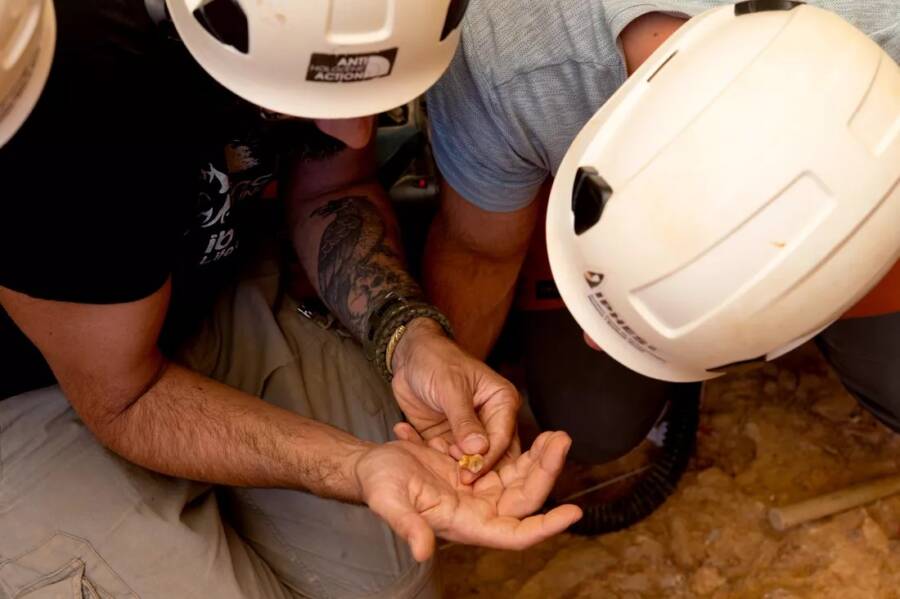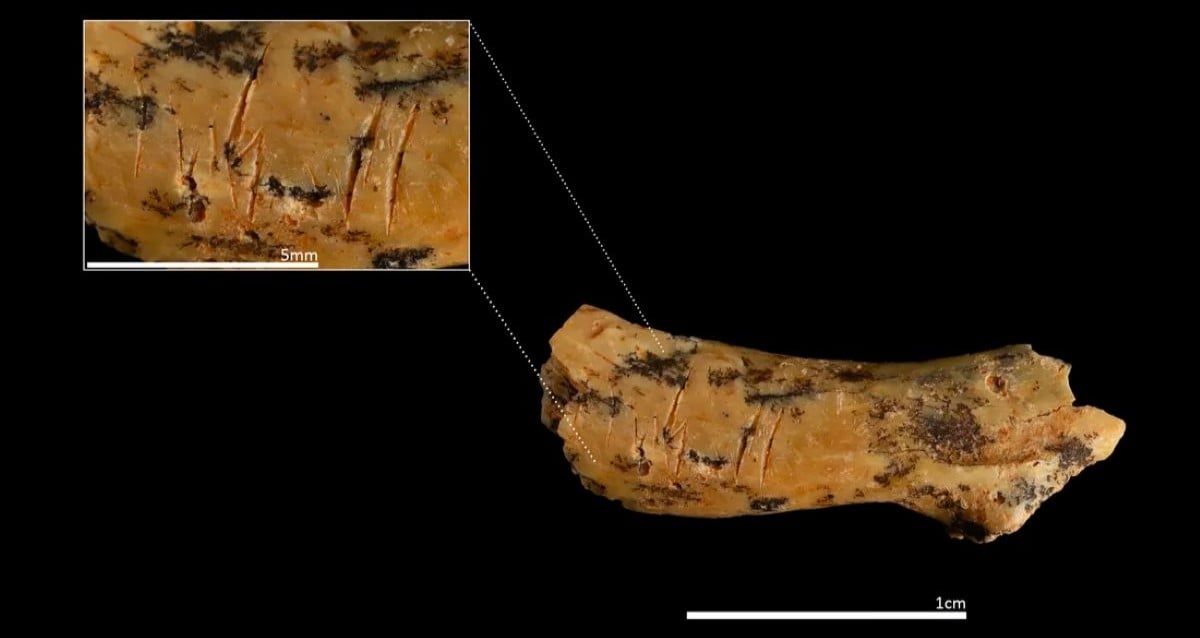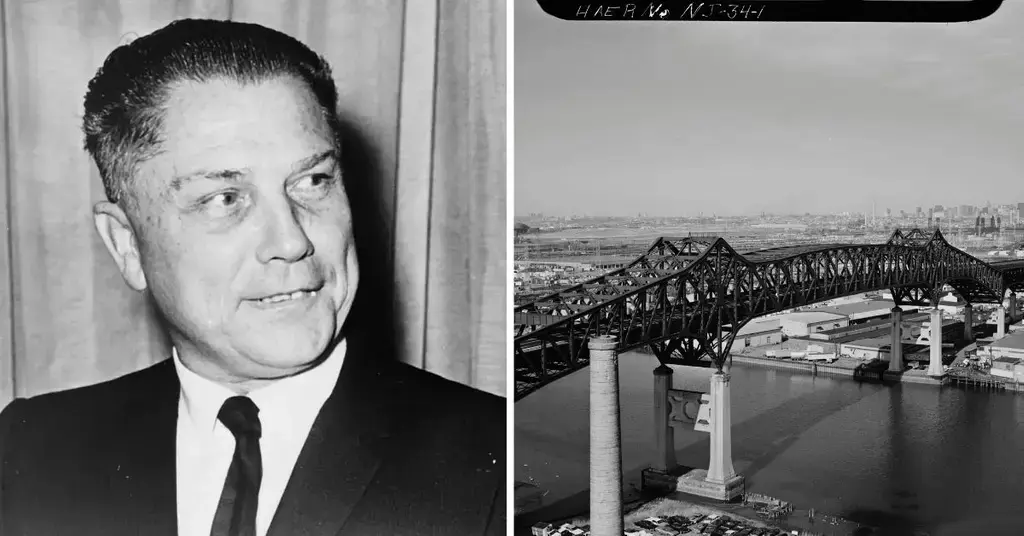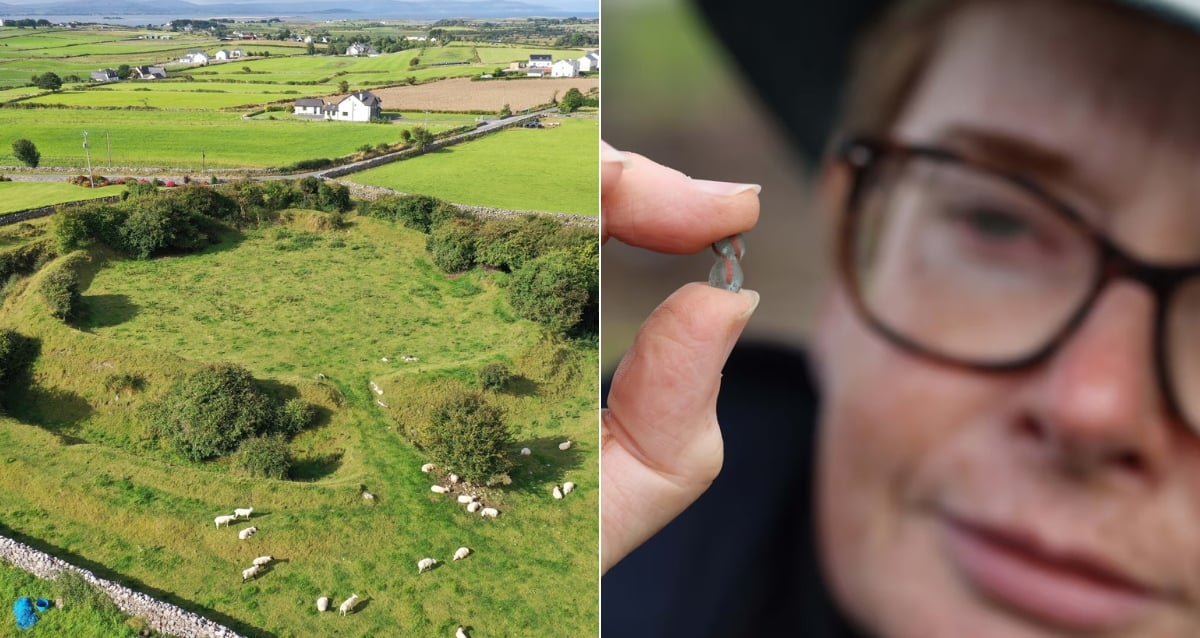Inside a Spanish Cave, Archaeologists Uncover Shocking Clues That Rewrite Human History with the Earliest Known Acts of Cannibalism
Imagine stumbling upon the 850,000-year-old remains of a toddler — not just any toddler, but one that was decapitated and eaten by its own kind. Chilling? Absolutely. Yet, this grisly discovery at Spain’s Gran Dolina cave spotlights a haunting truth: our ancient relatives, Homo antecessor, may have made cannibalism a regular part of life. Now, before you recoil in horror, ask yourself — what drives a species to dine on its own? Survival, territory, or something even darker? This remarkable find, along with several other skeletons bearing butcher-like marks, peels back the curtain on a prehistoric practice that’s as perplexing as it is macabre. Buckle up — it’s time to dig into the murky past where early humans might have literally eaten their way through history. LEARN MORE.
Among several skeletons showing defleshing cuts and intentional fractures consistent with butchery, the grisliest recent discovery at Gran Dolina cave was the 850,000-year-old remains of a toddler as young as two that had been decapitated and eaten.

Maria D. Guillén/IPHESThe toddler bones came from one of 10 Homo antecessor skeletons recently excavated at Gran Dolina cave in northern Spain.
Archaeologists in Spain recently discovered the remains of a toddler that was eaten by its archaic human relatives roughly 850,000 years ago.
These bones were found at the archaeological site inside Gran Dolina cave in Atapuerca, Spain. The child was likely between the ages of just two and five at the time of their death.














Post Comment